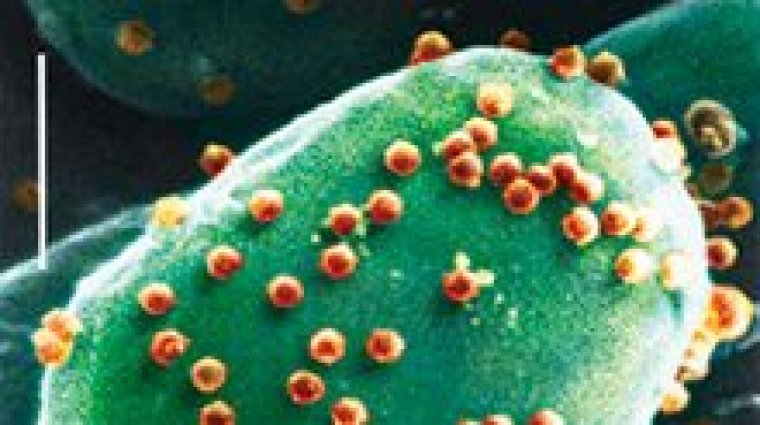| News / Science News |
Algal Virus Infects, Affects Humans
NIH | NOVEMBER 15, 2014
The human body is host to trillions of microbes. These microbes significantly outnumber the body’s cells. Although most are beneficial to human health, some of these microbes can cause problems.

An alga species infected with a chlorovirus (red) similar to the one the researchers identified in the throat cavity of humans. ![]()
Most studies of microbial communities and their genes, collectively known as the microbiome, have focused on bacterial and fungal communities. DNA is extracted from samples, and then specific regions that are universal to bacteria or fungi are analyzed to distinguish the microbes.
The viral components of the microbiome (the virome) have received less attention, largely because viruses are so diverse that there are no universal viral target regions. Recent advances, however, have made whole-genome sequencing faster and less expensive. Thus scientists can now sequence entire viral genomes.
A group led by Dr. Robert Yolken at Johns Hopkins University has been studying the links between viral infections and brain development. Unexpectedly, the researchers discovered genetic sequences from Acanthocystis turfacea chlorella virus 1 (ATCV-1), a type of Chlorovirus, which infects green algae. These viruses are common in fresh water, such as lakes and ponds, but weren’t thought to infect humans or animals.
ATCV-1 was associated with decreases on tests of visual processing. There was no difference on tests of general knowledge.
Exposure to ATCV-1 was associated with significant changes in the regulation of over 1,000 genes.
YOU MAY ALSO LIKE




